Crop Sensor Equivalency Explained
Have you ever heard people talk about the extra reach crop sensor cameras give, or how full frame cameras are better in low light, but didn’t know exactly how all that worked? This article will explain the difference between field of view, depth of field, and ISO performance between crop and full frame sensors, and show examples of each.
Focal Length Equivalency
A lens’s focal length is independent of the sensor it’s used on, it’s a physical property of the lens. However, the field of view provided by a lens does depend on the sensor size. But how many photographers say they need an 8.2 degree field of view from their lens? Not many, talking about field of view isn’t very intuitive. Hence, we tend to talk about focal length equivalency - generally with the full frame 36mmx24mm image sensor as the measurement standard. So instead of saying that we need a lens that will provide use with an 8.2 degree field of view, we say that we need a 300mm equivalent lens, since a 300mm lens provides that 8.2 degree field of view on a full frame camera.
The two images below were both taken at 300mm and from the same position, but the first one was taken with the full frame D610 while the other was taken with the crop sensor D5200. You can see that the crop sensor image appears to be much more zoomed in - despite being the same focal length, the field of view is narrower thanks to the smaller sensor.
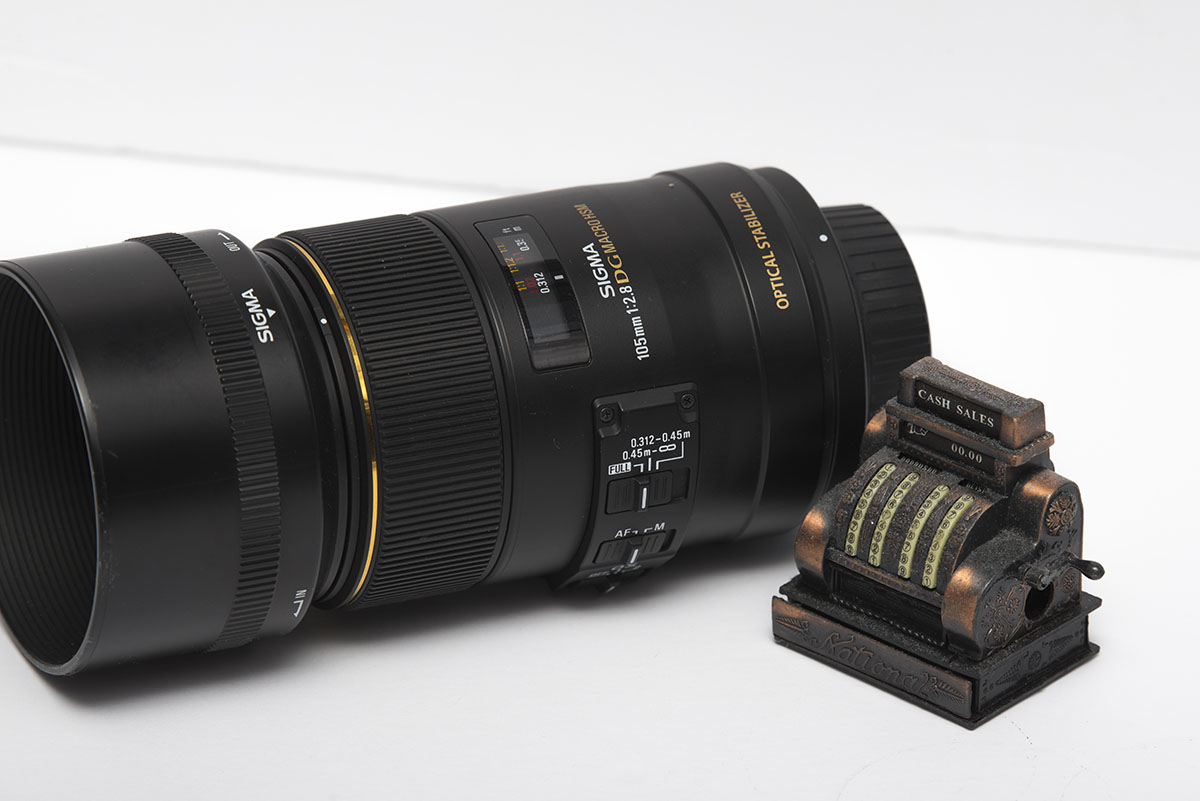
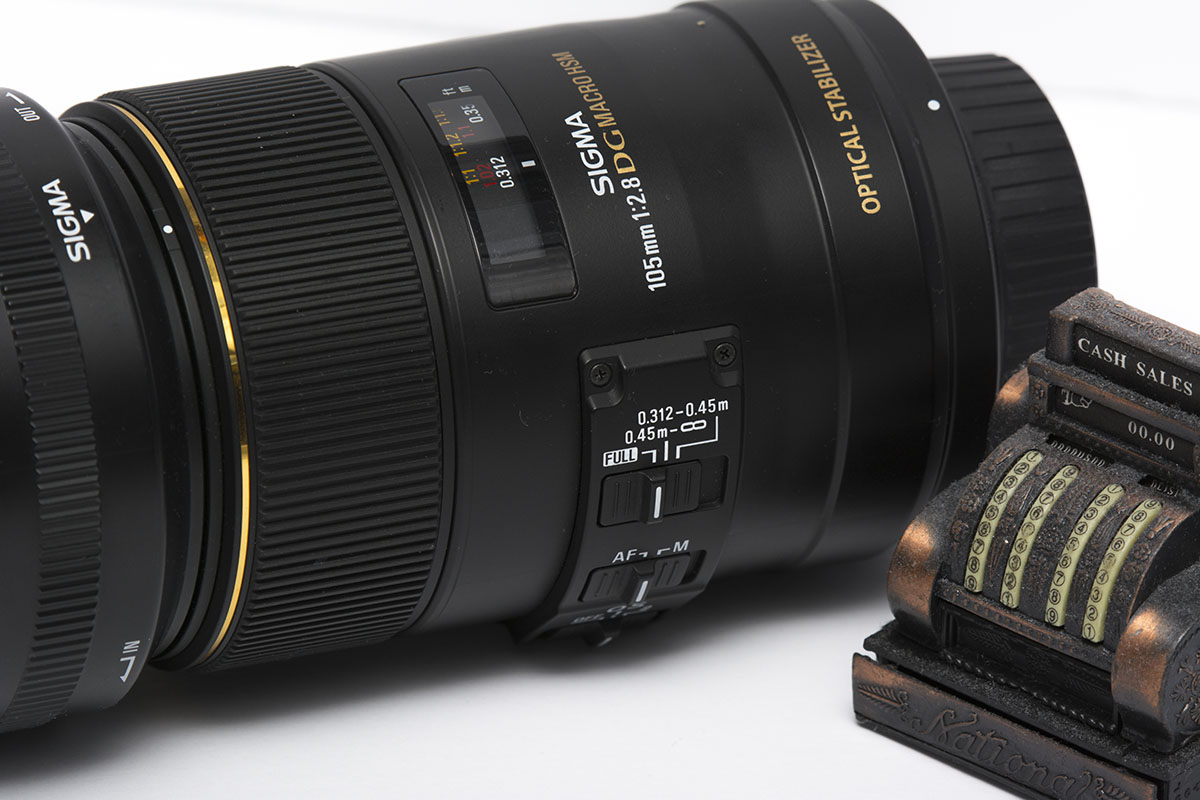
Now, how do we know what’s equivalent? This is where the crop factor comes in. We take the diagonal measurement of the full frame sensor (43.2mm), and divide it by the diagonal measurement of the sensor we’re using. A Nikon crop sensor camera has a diagonal measurement of 28.8mm, so the crop factor is 43.2/28.8 = 1.5. Now to find the equivalent focal length of a lens you multiply it by the crop factor - so a 200mm lens on a crop sensor gives the same field of view as a 300mm (200 x 1.5 = 300) lens on a full frame sensor. Or divide it if you’re going the other way - a 600mm lens on a full frame sensor gives the same field of view as a 400mm lens on a crop sensor camera.
You can do this for any sensor format - Canon APS-C cameras have a 1.6 crop factor, micro four thirds cameras have a crop factor of 2, and a medium format camera like the PhaseOne IQ3 100MP has a crop factor of 0.64 (it’s a larger sensor than full frame). Additionally, you can compare different sensor sizes instead of using full frame as the standard - for example you could use Nikon’s crop sensor as the standard, in which case the medium format camera would have a 0.43 crop factor, and Canon’s APS-C cameras would have a 1.07 crop factor. This can be done either by dividing the sensor’s diagonal lengths as we did before, or you can directly divide crop factors if you already know the crop factor of both formats relative to another - like to get the crop factor of Canon APS-C relative to Nikon crop you can just do 1.6/1.5 and that yields the 1.07 crop factor.
Below is a photo taken from the same position as the shots above, but at 200mm. You can see how it matches the D610 image much more closely (it should be exact, but there’s focus breathing so the field of view provided by the lens isn’t accurate to the markings on the lens. If this was taken at infinity focus the markings would be accurate and you’d see that the field of view matches perfectly).
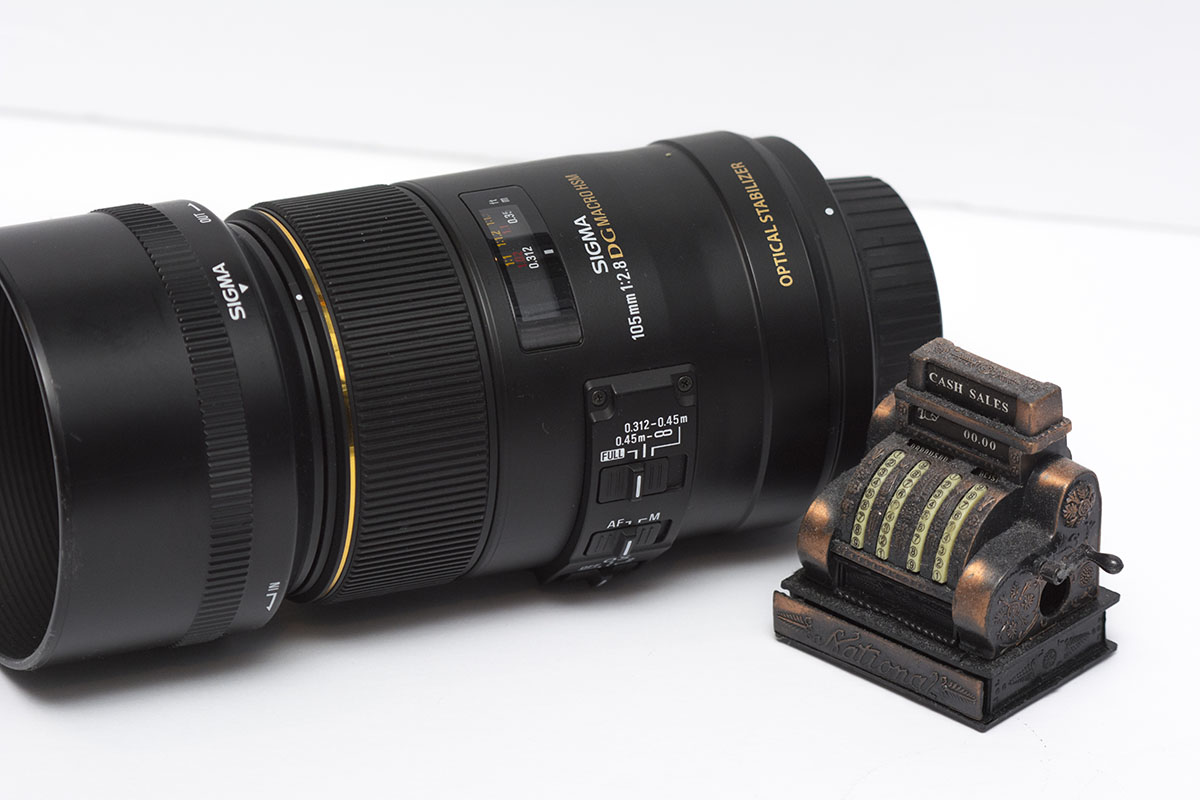
ISO Equivalency
Alright, so we know how to get the same field of view on different cameras by multiplying the crop factor by the lens focal length. But what about the idea that full frame cameras are better in low light, why does the larger sensor provide a cleaner image, and can we account for this?
Noise and graininess in an image is due to the signal to noise ratio of the light your sensor’s recording. Noise can come from a variety of sources - light is inherently noisy so there’s always some noise, but there’s also noise created by the electrical signals your camera’s creating, the heat of the sensor, and other factors. The signal is the light from your subject that you actually want to record. When you reduce the amount of light from your subject, such as by using a higher shutter speed, smaller aperture, or simply being in darker conditions, the signal to noise ratio gets worse - you’ve reduced the signal, but you haven’t reduced the noise very much. So when you increase the ISO sensitivity to get the right exposure the image will be much noisier, since a great proportion of the light being recorded by the sensor is just random information that doesn’t contribute to the image you want.
With a larger sensor, more light can be received from the scene. The sensor area of a full frame camera is 2.25 times as large as the sensor are of a Nikon DX camera (this is equal to the crop factor squared), so the full frame sensor receives 2.25 times as much light and thus has less visible noise. This of course assumes that you have the same subject/framing. For example, if you photograph a subject on a black background, and then use a full frame camera and simply capture more of the black background, obviously you’re not actually capturing more light. But if you get closer to your subject with the larger sensor or use a longer lens with the same f-stop to match the framing of the subject you’ll get 2.25 times as much light. (In the latter case, this is actually because the lens is now letting in 2.25 times as much light, but the effect’s the same.) Or if the subject is pretty uniform - like a landscape where there’s no central subject that’s brighter than the rest of the scene.
Let’s take a look at some example photos to see what this looks like.
Below is a 100% crop of a photo taken on the D5200 at ISO 1600 and 300mm.
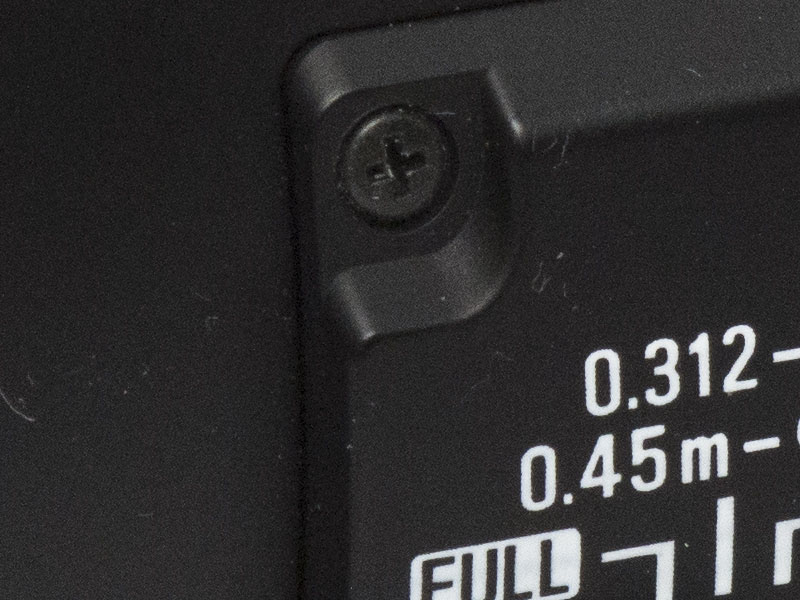
Here’s a 100% crop taken from a D610 at ISO 1600 and 300mm:
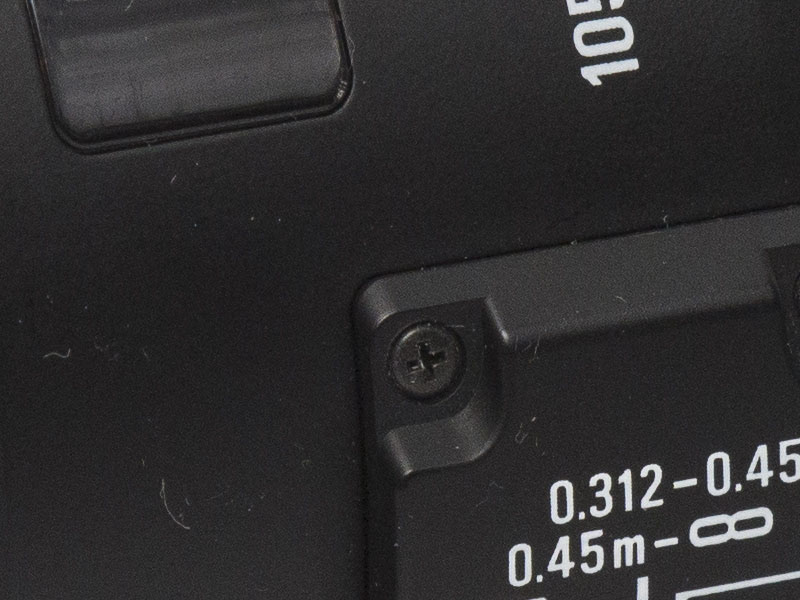
Alright, so the D610 image looks a bit cleaner. But it’s kind of hard to compare since the D5200 image is more zoomed in, so let’s look at a crop from the D5200 at 200mm and ISO 1600 (remember, the framing’s not 100% correct due to focus breathing).
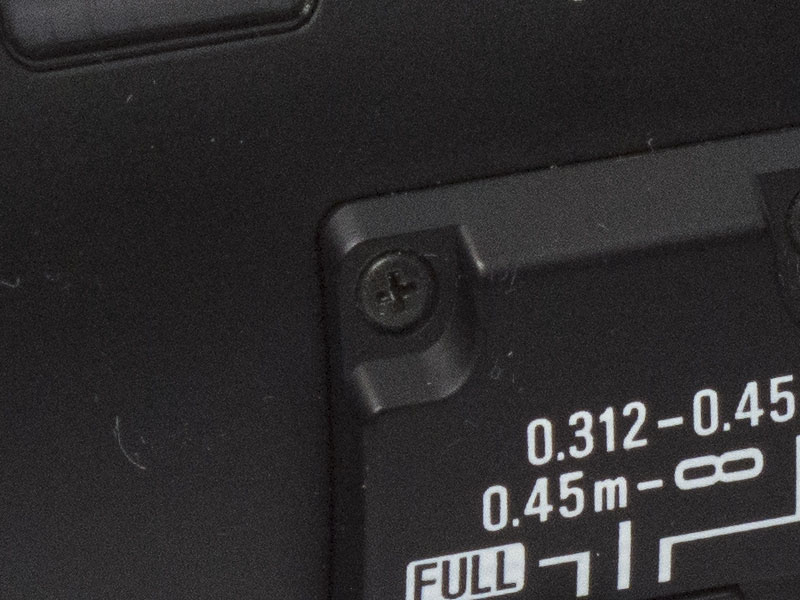
Now we can see that the full frame D610 image is definitely cleaner than the crop sensor D5200 image. Since both cameras are 24MP, the difference in the size of pixels is actually the same as the difference in sensor size - each D610 pixel is 2.25 times larger than each D5200 pixel, and this means that each pixel collects more light and is thus less likely to be corrupted by random noise. So this pixel level view actually mirrors what you’d see in the full image. If they didn’t have the same pixel count the 100% crops wouldn’t reflect the overall difference, you’d have to crop the high pixel count camera less to show the same view, or just compare the full image from both.
So long story short, the D610 is giving us a cleaner image. Theoretically, it should be 1.17 stops cleaner - so this D610 shot at ISO 1600 is really equivalent to a D5200 shot at ISO 711. This is close enough to a stop that we tend to just say that full frame is a stop cleaner and ISO 1600 on full frame is equivalent to ISO 800 on crop sensors, since you can’t really select ISO 711.
So let’s open up the aperture by a stop and use that extra light to drop the ISO to 800 and see what it looks like.

Boom! Looking good! Take a look at the D610 shot at ISO 1600 again for comparison:
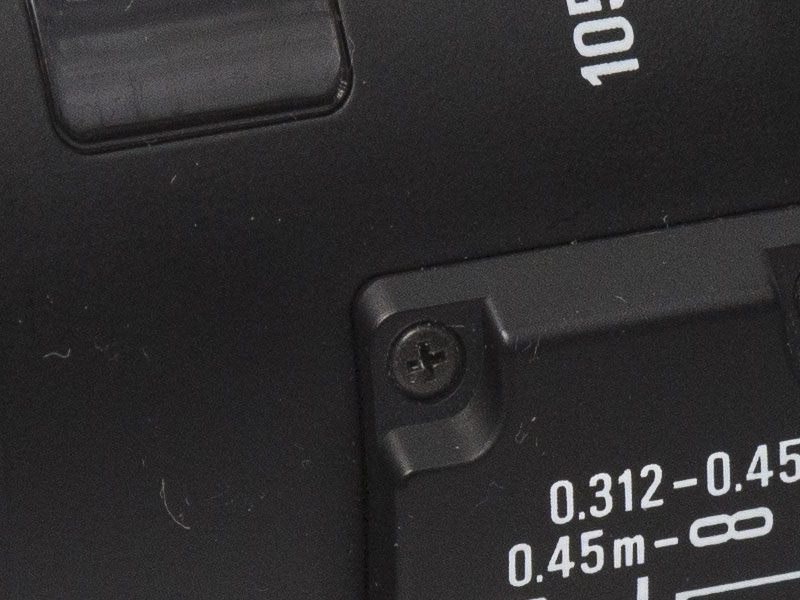
The difference in noise is negligible. So as you can see, full frame images are about a stop cleaner than crop sensor images, assuming similar sensor tech (like a full frame camera from 10 years ago may not be a full stop better than a crop sensor camera from this year).
So assuming equal sensor tech, and assuming the same subject framing or a fairly uniform subject, ISO equivalency can be calculated by multiplying the ISO by the crop factor squared - and then generally round it for an value that’s usable, the difference won’t really be noticeable. So if we have a micro four thirds camera set to ISO 200, and we want to know what ISO would yield similar noise performance on a full frame camera, we multiply 200 by 4 (since it’s a crop factor of 2 and 2 squared is 4), yielding an equivalent ISO of 800. Or if you’re going the other direction, divide by the crop factor squared - so ISO 800 on full frame is equal to ISO 200 on micro four thirds (800/4). As with focal length equivalency, you can calculate it for different formats too - for example, ISO 800 on a Nikon crop sensor camera is equivalent to ISO 700 on a Canon APS-C sensor (crop factor of 1.07 between them).
Depth of Field Equivalency
If you use a longer focal length lens on a larger sensor to get the same subject framing as a smaller sensor, but use the same f-stop, you’re going to get less depth of field (or vice versa). This is because the physical aperture of the lens (the hole that light goes through) actually needs to get larger to maintain the same f-stop at longer focal lengths, and changing this physical aperture diameter will change the depth of field. Alternatively, if you get closer to the subject with the same lens to get the same subject framing you’ll also get less depth of field, since depth of field is also connected to your distance from the subject. So no matter what, depth of field will change if you get the same subject framing but use the same settings.
To account for this, you need to use a wider aperture (smaller f-stop number) with smaller sensors, or a narrower aperture with larger sensors.
Below are two photos, the first taken on the D5200 at 200mm and f9, the second taken on the D610 at 300mm and f9.
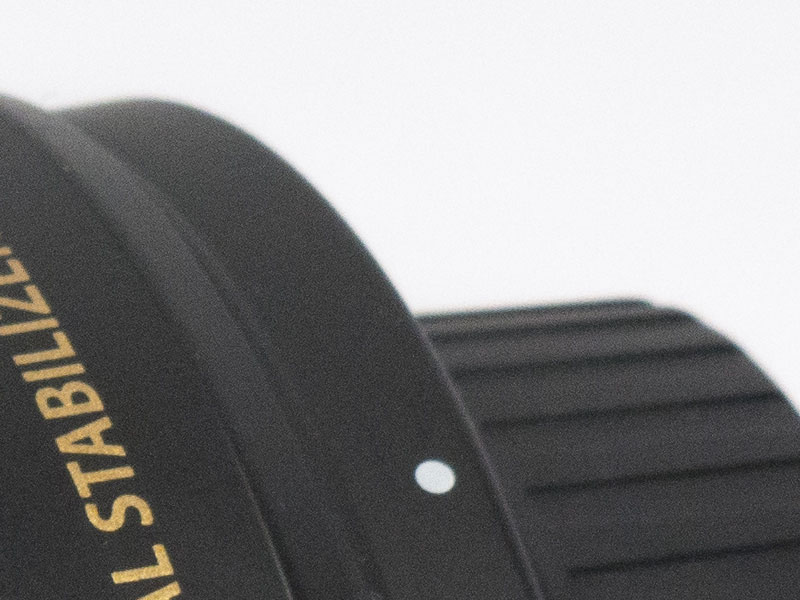

Looking at the edges of the subject, you can see that the image from the D610 has less depth of field despite both images being at f9 and having the same (well, very similar) framing. But check out what happens when we change the D5200 settings to f6.3 at 200mm:
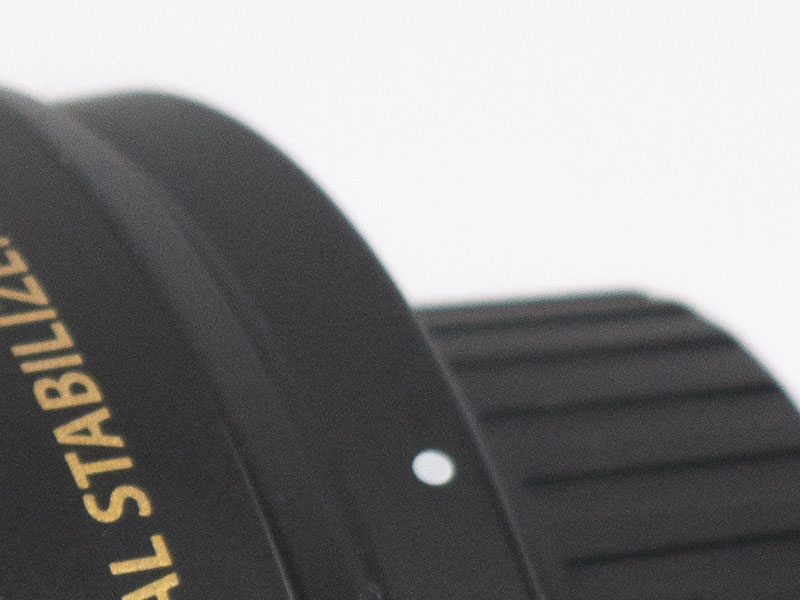
Now we have pretty much the same depth of field! To calculate the equivalent aperture, assuming that the focal length or subject distance has been changed to get the same framing, we multiply or divide the f-stop by the crop factor. So to match the depth of field that we get on full frame at f9 with a crop sensor camera, we divide 9 by 1.5, for an equivalent aperture of 6. We then round that up to f6.3 for simplicity, though if we could select an aperture of f6 that would be more accurate. You can actually see how rounding to f6.3 still yields more depth of field than it should - looking at the gold letters printed on the lens the full frame image still shows more blur. But it’s as close as we can get with what we have.
Full Equivalency
Alright, so those are the three parts of equivalency - focal length, ISO, and aperture. When you account for all of these you can visualize how the settings on one camera would translate to another. We’ve seen how a shot taken at 300mm, ISO 1600, and f9 on full frame is the same as a shot taken at 200mm, ISO 800, and f6.3 on a crop sensor camera, or at least close enough (and it would be closer if it wasn’t for focus breathing messing up the field of view):
Full frame at 300mm (really more like 275mm or so):
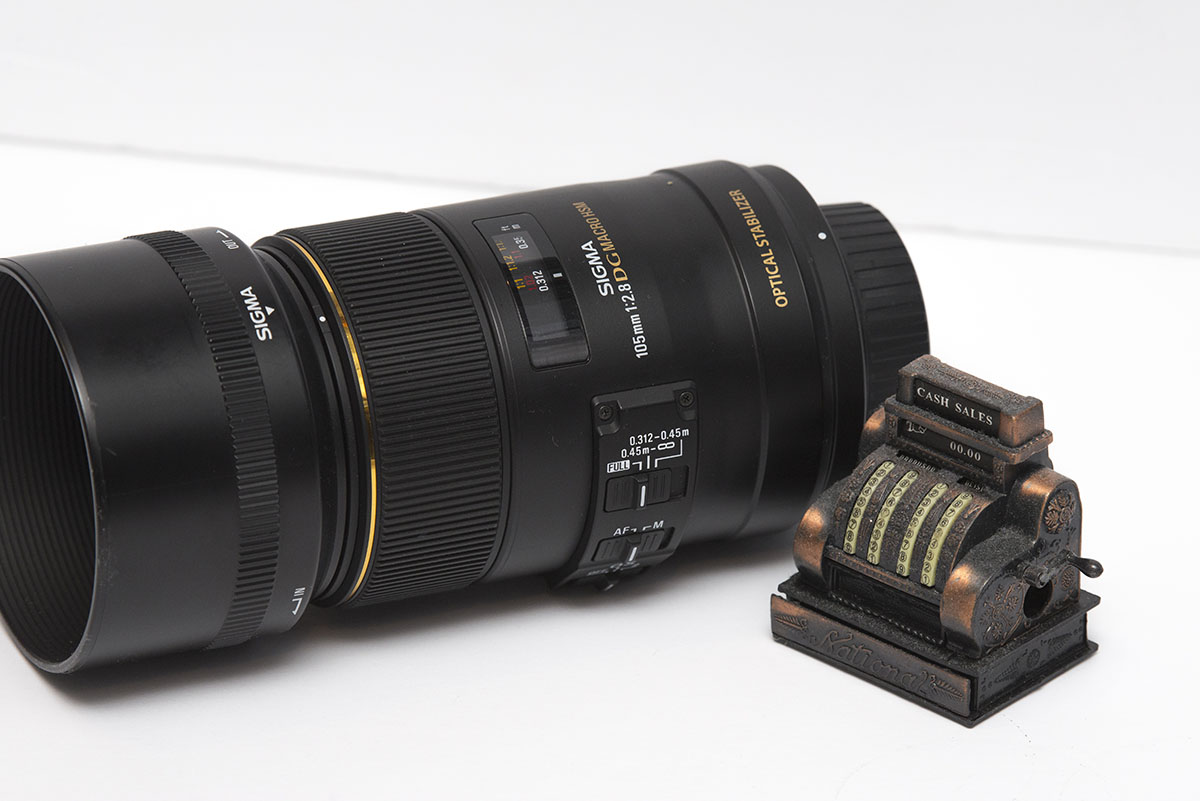
Nikon crop sensor at 200mm:
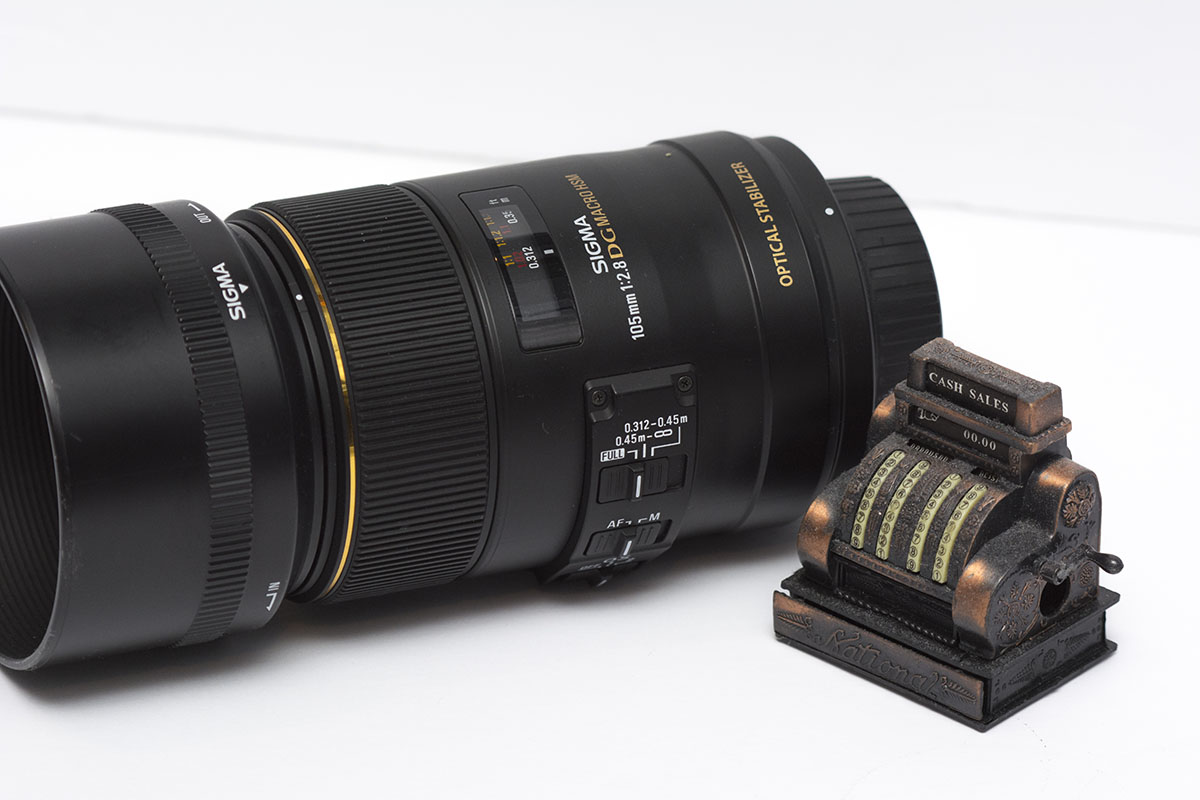
By calculating crop factors of other formats you can determine the full equivalency for any camera system you like. We already know that medium format has a 0.64 crop factor relative to full frame. Let’s say we use our 80mm f2.8 lens on our IQ3 100MP all the time (I wish!), but we decide that we want a full frame camera for travel, and we want to get similar images to our medium format kit. We’d multiply 80mm by 0.64 and find that we need a 51.2mm lens, and for the maximum aperture we’d want f2.8 times 0.64, or 1.8. So a 50mm f1.8 lens on full frame would let us get the same kinds of shots on full frame as we got on medium format with our 80mm f2.8. And if we didn’t like going higher than ISO 3200 on medium formate, we’d know to stay under ISO 1310 (3200*0.64^2) with full frame. Though realistically the sensor tech would probably be different enough that it might be more like ISO 1600 or even 2000.
Hopefully this has been useful to you! It is a pretty complicated subject though, so if you still have any questions about crop factors feel free to email me at lauchlan[at]unlockcreativephotography.com
Get the free guide to learning photography faster by signing up to the email list here!
Lauchlan Toal is the creator of UnlockCreativePhotography.com, and a Halifax based food photographer. Outside of food photography, he enjoys most genres, finding fun in any kind of photography challenge.